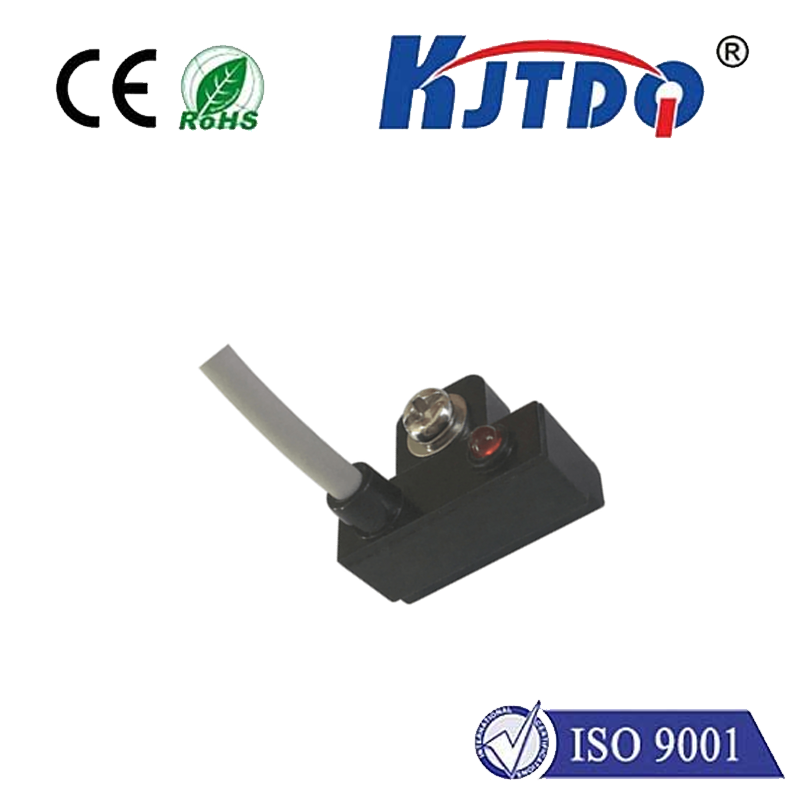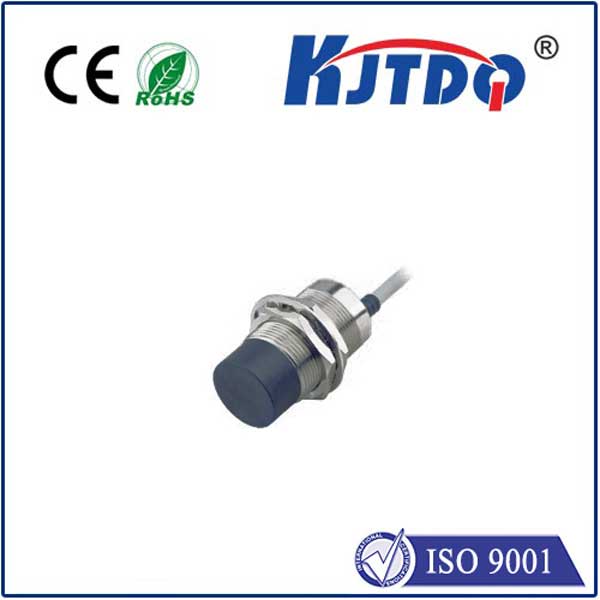Unlocking the Potential of Motion Detector Laser Beams in Modern Security Systems Imagine a world where intruders are detected before they even step foot on your property. A world where security systems are so advanced that they can pinpoint movement with laser-like precision. This is no longer the realm of science fiction but a reality made possible by motion detector laser beams. These cutting-edge devices are revolutionizing the way we think about security, offering unparalleled accuracy and reliability. In this article, we’ll explore how motion detector laser beams work, their applications, and why they are becoming an essential component of modern security systems.
At their core, motion detector laser beams are designed to detect movement within a specific area. Unlike traditional motion sensors that rely on infrared or microwave technology, these devices use laser beams to create an invisible grid. When an object or person crosses this grid, the beam is interrupted, triggering an alarm or notification. The technology behind these detectors is both sophisticated and straightforward. A laser emitter sends out a beam of light, which is then reflected back to a sensor. The system continuously monitors the time it takes for the beam to return. Any deviation in this time indicates movement, prompting the system to take action. This method is incredibly precise, reducing the likelihood of false alarms caused by environmental factors like wind or small animals.
The versatility of motion detector laser beams makes them suitable for a wide range of applications. Here are some of the most common uses:
Home Security: One of the primary applications of motion detector laser beams is in home security systems. These devices can be installed around the perimeter of a property, creating an invisible barrier that detects any unauthorized entry. Unlike traditional sensors, laser beams can cover larger areas and provide more accurate detection.
Commercial Properties: Businesses can also benefit from the enhanced security offered by motion detector laser beams. These systems are ideal for protecting warehouses, office buildings, and other commercial properties. They can be integrated with existing security systems to provide an additional layer of protection.

Public Spaces: Motion detector laser beams are also used in public spaces such as parks, museums, and government buildings. They help monitor large areas and ensure the safety of visitors and assets. In some cases, these systems are used to control access to restricted areas, ensuring that only authorized personnel can enter.
Industrial Applications: In industrial settings, motion detector laser beams can be used to monitor machinery and equipment. They can detect movement in hazardous areas, alerting workers to potential dangers. This technology is particularly useful in environments where safety is a top priority.
There are several reasons why motion detector laser beams are becoming the go-to choice for security systems:
High Accuracy: One of the most significant advantages of motion detector laser beams is their high level of accuracy. Unlike traditional sensors that can be triggered by environmental factors, laser beams provide precise detection, reducing the likelihood of false alarms.
Wide Coverage: Motion detector laser beams can cover large areas, making them ideal for protecting expansive properties. This wide coverage ensures that no area is left unprotected, providing comprehensive security.
Discreet Design: These devices are often designed to be discreet, making them difficult for intruders to detect. The laser beams are invisible to the naked eye, ensuring that the security system remains covert.
Integration with Other Systems: Motion detector laser beams can be easily integrated with other security systems, such as CCTV cameras and alarm systems. This integration enhances the overall effectiveness of the security setup, providing a multi-layered defense against intruders.
While motion detector laser beams offer numerous benefits, there are also some challenges to consider. One of the primary concerns is cost. These devices can be more expensive than traditional motion sensors, which may be a deterrent for some users. However, the enhanced security they provide often justifies the investment. Another consideration is installation. Motion detector laser beams require precise setup to ensure optimal performance. This may involve professional installation, adding to the overall cost. However, the long-term benefits of a reliable and accurate security system often outweigh these initial expenses.
As technology continues to evolve, we can expect to see further advancements in motion detector laser beams. One emerging trend is the integration of artificial intelligence (AI). AI can enhance the capabilities of these devices by enabling them to distinguish between different types of movement. For example, the system could differentiate between a person and an animal, further reducing the likelihood of false alarms. Another trend is the development of wireless motion detector laser beams. These devices eliminate the need for complex wiring, making installation easier and more flexible. Wireless systems can also be controlled remotely, allowing users to monitor their property from anywhere in the world.
Motion detector laser beams represent a significant leap forward in security technology. Their high accuracy, wide coverage, and discreet design make them an ideal choice for a variety of applications. While there are some challenges to consider, the benefits they offer often outweigh the drawbacks. As technology continues to advance, we can expect to see even more innovative features that will further enhance the effectiveness of these devices. Whether you’re looking to protect your home, business, or public space, motion detector laser beams provide a reliable and sophisticated solution.









